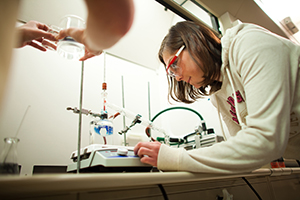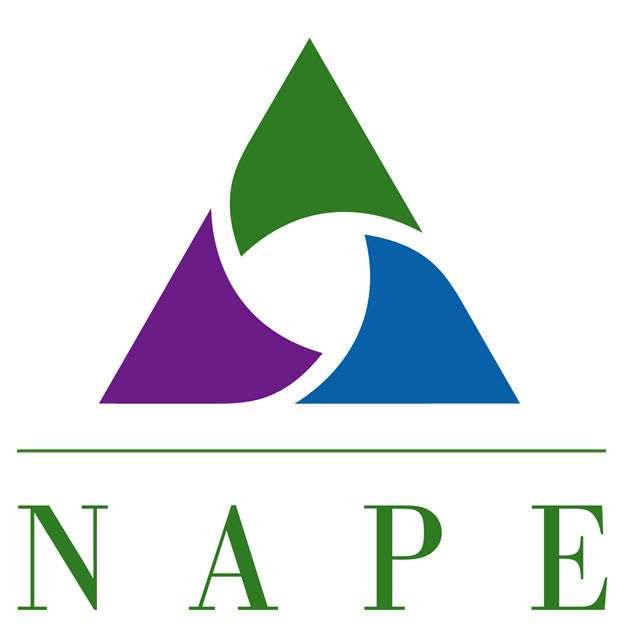Make the Future – NT 4.3.3 Access to and Participation in STEM

Photo courtesy of Minnesota State Colleges and Universities
The things that people are interested in doing is what they are good at doing: competency precedes interest. Additionally, what they are good at doing has little to do with nature and more to do with what they’ve been exposed to. Therefore, it is imperative that we provide students access to nontraditional activities from an early age.
If you are a high school educator, it is important to provide your feeder schools with expertise, opportunities, and guidance in developing hands-on activities for females and other under-represented students with which to engage.
If you work with a middle school, reach down to the elementary school. It takes working as a cohesive educational community to develop students’ interest in nontraditional and STEM education and careers. In working with feeder schools, ensure that the activities are hands-on, collaborative, and relate to the students’ lives. It is important to engage all students as young as possible so that they are able to take the prescribed classes that lead to high-demand careers, especially math and science, and they do not lose time during high school or college.
Additionally, STEM summer camps and after school programs are a wonderful way to keep a child engaged and prepared for the coming school year. According to SciMathMN, “Research shows that most students fall more than two months behind in math over the summer, and low-income children fall behind two months in reading while middle-income kids make slight gains. Johns Hopkins University researchers recently found that 65% of the achievement gap between poor and more advantaged children is due to unequal summer learning experiences during elementary school years” (SciMathMN.org). Make summer camps a priority, especially for low-income students!

